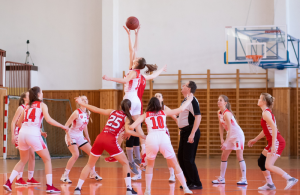What are the Best Basketball Betting Strategies in Case of Player Injuries
Basketball is a dynamic sport that captivates fans and bettors alike. However, unforeseen circumstances, such as player injuries, can significantly impact the outcome of games and challenge bettors to adjustRead More











